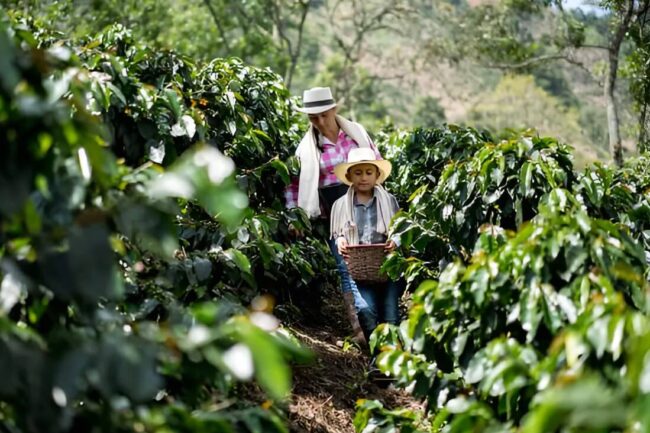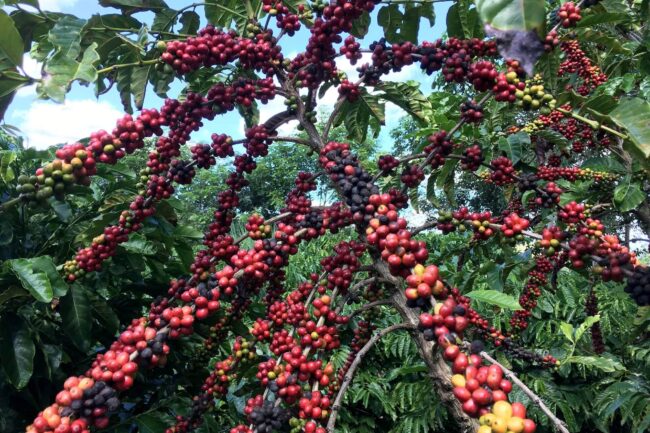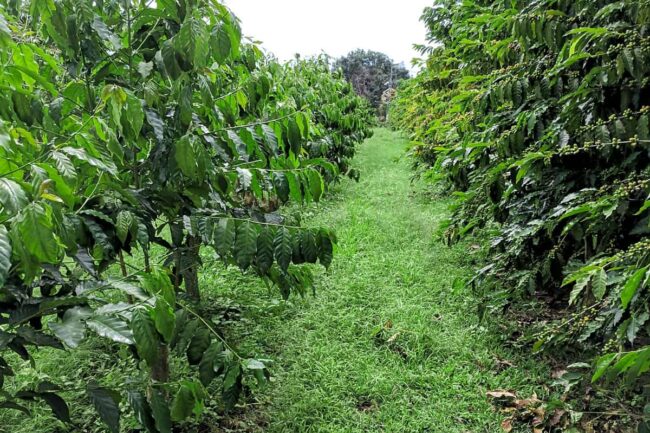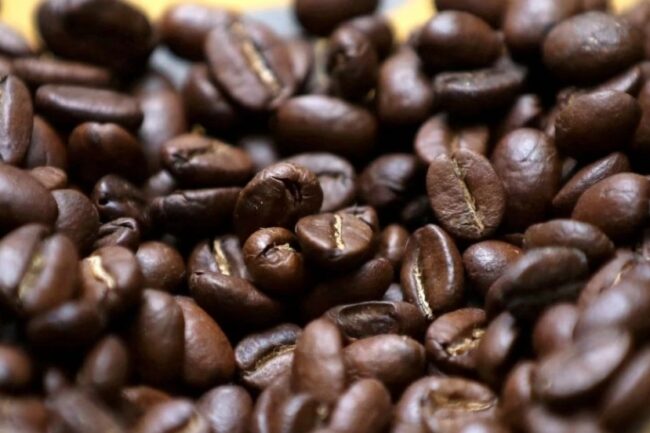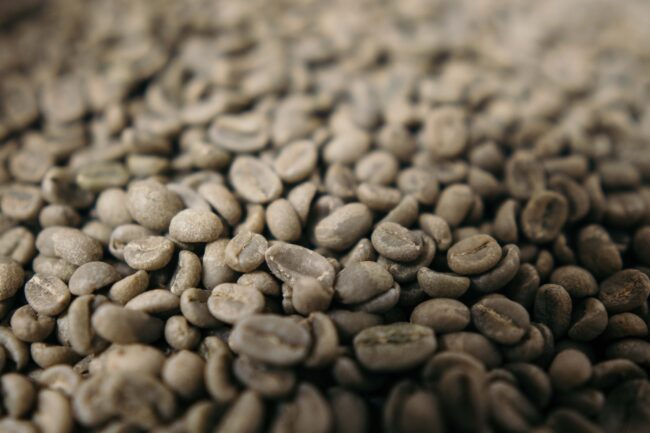March arabica coffee (KCH23) on Wednesday closed down -6.70 (-3.65%), and Mar ICE robusta coffee (RMH23) closed down -19 (-0.92%).
Coffee prices Wednesday settled sharply lower as a rally in the dollar index (DXY00) to a 1-1/4 month high sparked long liquidation in coffee futures.
Coffee prices had moved higher earlier this week as heavy rain in Minas Gerais, Brazil’s largest arabica growing region, kept farmers out of fields and delayed the application of fertilizers and pesticides, which may lead to lower coffee yields. Also, the heavy rain led to an increase in coffee rust in some trees. Somar Meteorologia reported Monday that Brazil’s Minas Gerais region received 63.4 mm of rain last week, or 126% of the historical average. Minas Gerais accounts for about 30% of Brazil’s arabica crop.
In a bullish factor, robusta coffee inventories are shrinking as ICE-monitored robusta coffee inventories Wednesday fell to 5,933 lots, the lowest since contract rules changed in 2016.
A bearish factor for arabica coffee is the steady increase in ICE arabica coffee inventories. Since falling to a 23-year low of 382,695 bags on November 3, ICE arabica coffee inventories rose to a 7-1/4 month high of 891,933 bags last Wednesday.
Smaller global coffee exports are bullish for coffee prices after the International Coffee Organization (ICO) reported on February 2 that Oct-Dec global coffee exports have fallen -2.8% y/y to 30.27 mln bags. Cecafe reported last Thursday that Brazil Jan green coffee exports fell -18.5% y/y to 2.52 mln bags. Coffee exports from Guatemala, the second-largest coffee producer in Central America, fell -8% y/y in January to 172,439 bags. Coffee exports from Colombia, the world’s second-largest producer of arabica coffee beans, fell -19% y/y to 835,000 in January. Vietnam Jan coffee exports sank -27.7% y/y to 142,544 MT.
Robusta has support after coffee trader Volcafe forecasted that the global 2023/24 robusta coffee market would see a record deficit of 5.6 mln bags as Indonesia, the world’s third-largest robusta producer is expected to see its 2023/24 robusta coffee production fall to 9.1 mln bags, the smallest robusta crop in 10 years due to damage from excessive rainfall across its growing regions.
The USDA, in its bi-annual report released on December 23, cut its global 2022/23 coffee production estimate by -1.3% to 172.8 mln bags from a June estimate of 175.0 mln bags. In addition, the USDA cut its 2022/23 global coffee ending stocks estimate by -1.7% to 34.1 mln bags from a June estimate of 34.7 mln bags. Meanwhile, the USDA’s Foreign Agriculture Service (FAS) on November 22 cut its Brazil 2022/23 coffee production forecast by -2.6% to 62.6 mln bags from a prior estimate of 64.3 mln bags. This year was supposed to be the higher-yielding year of Brazil’s biennial coffee crop, but coffee output this year was slashed by drought. By contrast, Conab on January 19 forecasted the 2022/23 Brazil arabica crop would increase +14.4% to 37.4 mln bags.
